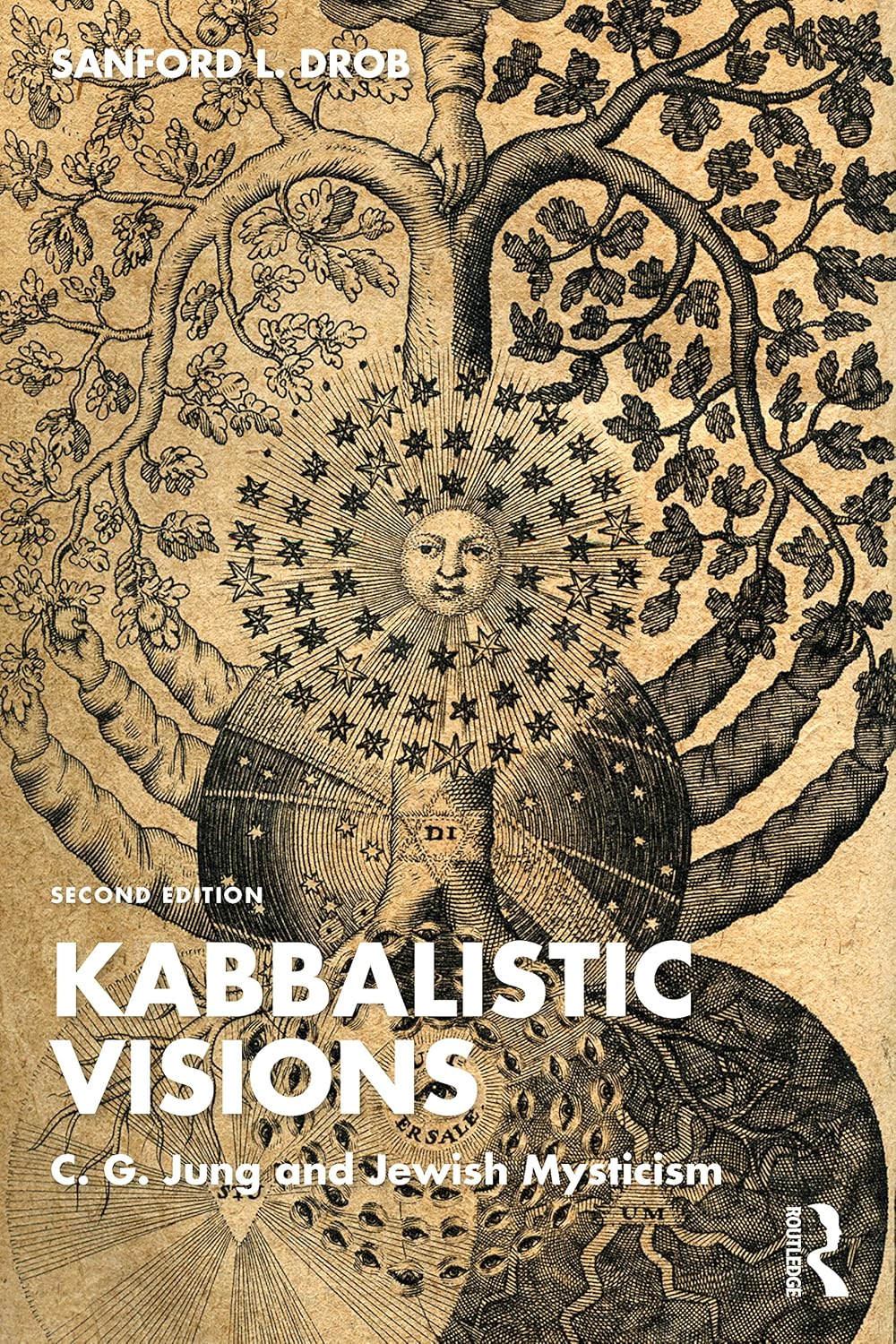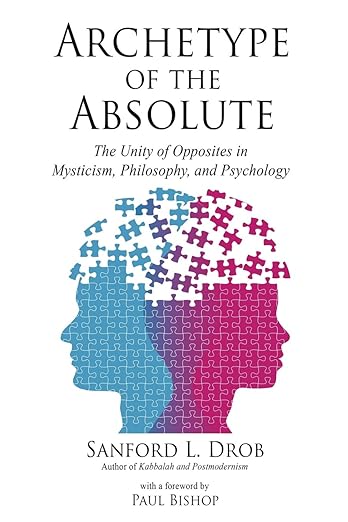The “Double Movement” in Kabbalistic Thought Philosophical Perspectives | The Theosophical Kabbalah
A tension exists within Kabbalistic/Hasidic thought between two outlooks on God, man and the world that are so different that it is hard to imagine that they co-exist within a single system of religious thought and practice. On the one hand we find in the Kabbalah, and especially amongst the Hasidim, what can only be […]
Read More

